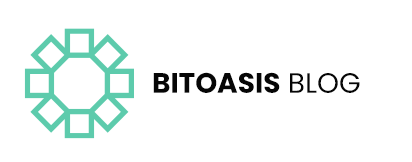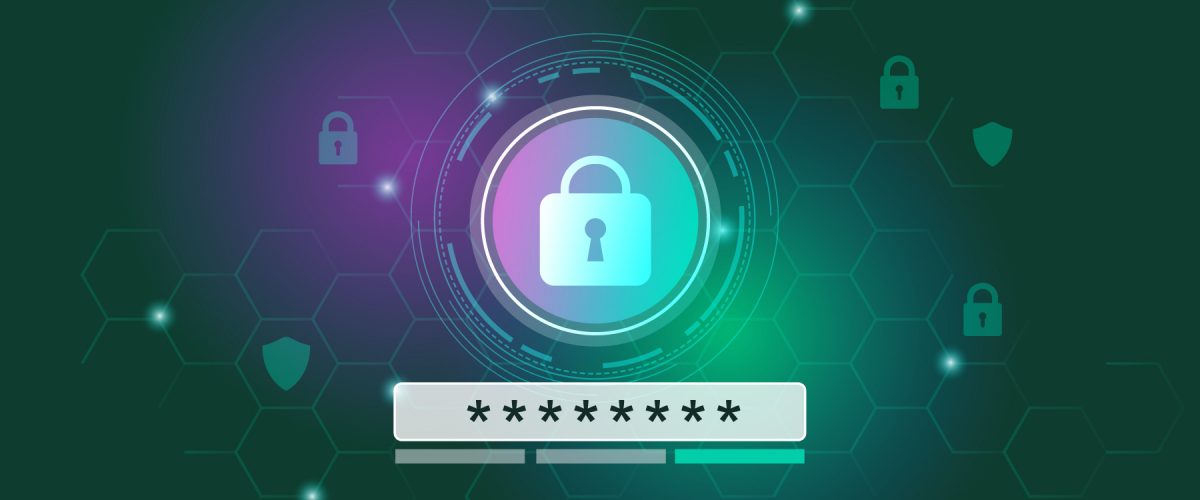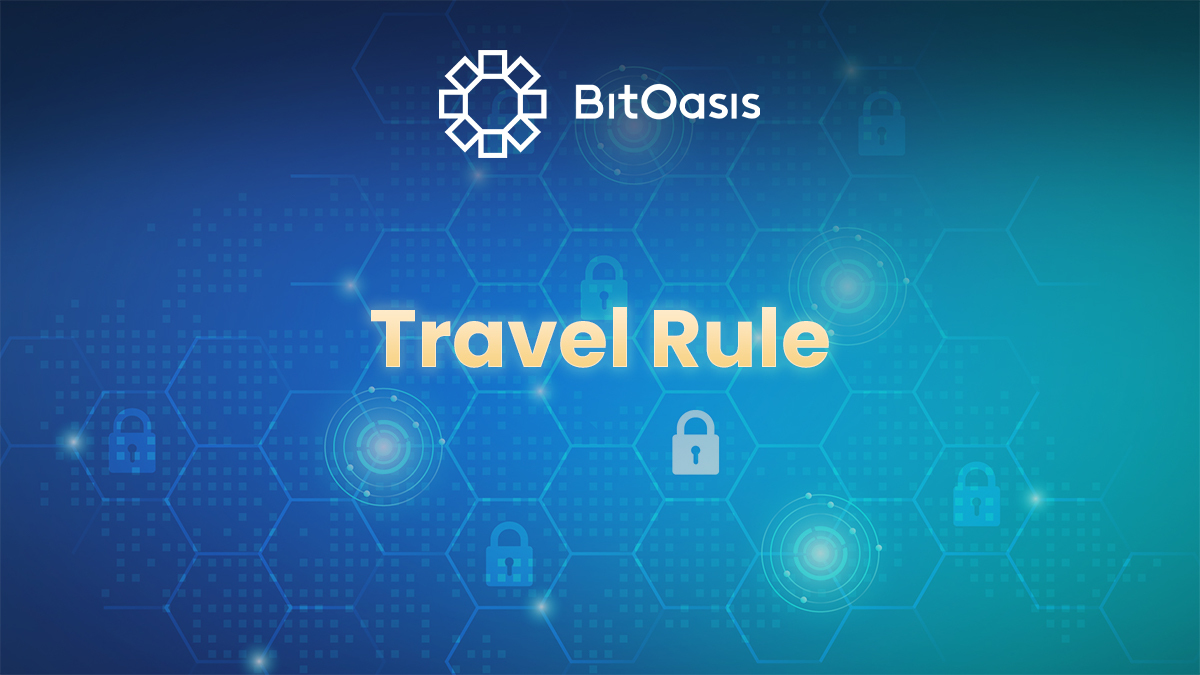Whenever we talk about account security, the first thing that comes to our mind is passwords. Unlike other types of security elements, passwords have been here for a long time now, but they’re still being widely used to hack into several kinds of accounts, from social media to banking and crypto trading accounts.
Protecting your password is the first step to protecting your account and keeping your data safe from various kinds of attacks, and your crypto accounts are no exception. Follow these practices to make sure your BitOasis account and other accounts’ passwords are safe:
Different accounts, different passwords
Many of the password leaking incidents were based on the fact that people use the same password for multiple accounts. Do not use the same password across multiple accounts, because this way if one account’s password is stolen, all the other accounts will be at risk.
Password managers
Never write down your password on a piece of paper or unencrypted digital memory, and this includes browsers that allow viewing the saved login information. A good idea would be to use an encrypted password manager. These apps enable you to set strong and unique passwords without having to remember but one password.
Strong passwords
Many attacks happen simply by guessing the password. To avoid this, make sure you set a strong hard-to-guess password and use the famous three criteria: 8 characters or above, upper and lower case, with a sprinkle of numbers and special characters (i.e #$%*~…etc).
Something’s phishy? Abstain
Phishing attacks are a widely used method to steal users’ login credentials, mostly using fake pages that look like the apps and websites that you trust, only to encourage you to voluntarily enter your email/username and password. Make sure you enter your username and password only where they belong, and read more from our blog on https://blog.bitoasis.net/protect-yourself-from-phishing-scams.
Go biometric
Wherever possible, especially in mobile applications, enable biometric authentication. Passwords will still be required now and then; however, using biometric authentication reduces password usage significantly. Don’t worry, in these cases, the app won’t have your biometric data, it will only get a sign from your phone that you used the right fingerprint or face ID.
Two-factor authentication
Consider enabling two-factor authentication (2FA) to further fortify your account security. Use a second factor of authentication where applications support it, like authenticator applications with time-based one-time passwords (TOTP) or one-time passwords (OTP) sent to you through SMS.
You’re out, then log out
Always log out from your sensitive applications after usage, especially if you’re using a shared device. And if you had to use someone else’s device for any reason, it’s a good idea to use the private modes most browsers have, and close all the windows after you’re done.
Don’t share
As always, you should be careful with what information you share on your social media accounts, even if it’s through a direct message. Avoid responding to any messages or emails asking for sensitive information like your password or any other details connected to your BitOasis account.
If you have any questions or concerns about your account security or need help securing your account, please feel free to contact us at [email protected].



